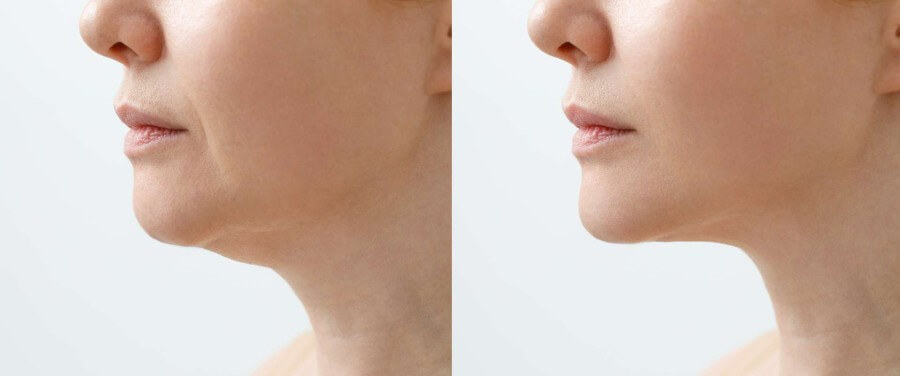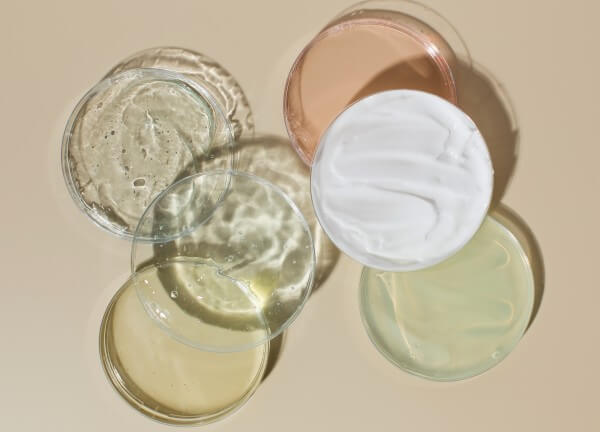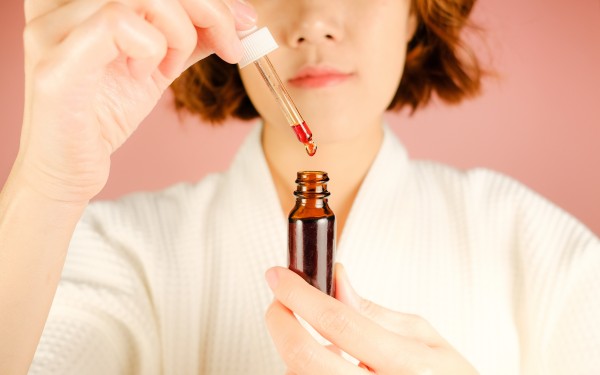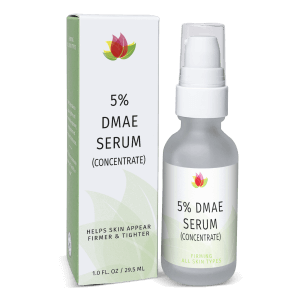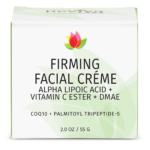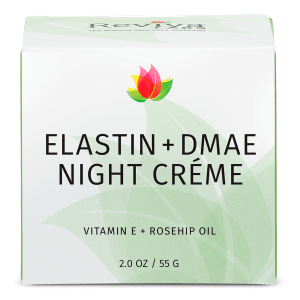Natural, Reviva Labs, Skin Care
Understanding and Treating the Appearance of Jowls
Jowls are a common skin concern that many people face as they age. These loose, sagging skin folds appear below the chin or along the jawline, often causing individuals to feel self-conscious about their appearance. While jowls are a natural part of the aging process, there are various treatments and preventative measures available to help minimize their prominence. In this guide, we will explore the causes of jowls, the best at-home treatments, and the range of professional procedures available to those looking to achieve a more youthful, defined jawline.
The Causes of Jowls
Before diving into the treatment options, it’s essential to understand the factors that contribute to the development of jowls. Knowing the causes can help you make informed decisions regarding prevention and treatment.
Aging and Loss of Elasticity
The primary cause of jowls is the natural aging process. As we age, our skin loses collagen and elastin, two vital proteins responsible for keeping our skin smooth, firm, and youthful. This loss of elasticity can begin as early as our late 20s, although it becomes more noticeable in individuals in their late 30s and early 40s.
Genetics
Genetics play a significant role in the development of jowls. Some people are predisposed to experiencing jowls earlier in life due to their genetic makeup, which affects the elasticity of their skin and its support system.
Lifestyle Factors
Various lifestyle factors can accelerate the aging process and impact collagen production, contributing to the formation of jowls. These factors include smoking, sun damage, and rapid weight loss.
Signs of Jowls and Loss of Elasticity
To determine whether you’re experiencing a loss of elasticity and the development of jowls, try gently pulling on the skin below your chin. If the skin snaps back into place quickly, you still have good elasticity in that area. However, if the skin takes longer to return to its original position, it indicates that the elastic properties are diminishing.
Another sign of jowls is the appearance of sagging below the jawline. A youthful jawline typically features a sharp, straight line from the chin to the angle of the jaw. Jowls disrupt this line, causing the skin to droop beneath it.
At-Home Treatments for Jowls
While professional treatments can produce more dramatic results, there are several at-home remedies that can help improve the appearance of jowls and maintain skin elasticity.
Skincare Products for Jowls
Incorporating skincare products with known anti-aging properties can help stimulate collagen production and maintain skin elasticity. Some ingredients to consider include:
- Retinoids: The gold standard for anti-aging, retinoids help stimulate collagen production and can be found in various over the counter and prescription creams.
- Peptides and Growth Factors: These ingredients support collagen and elastin production while firming and tightening the skin.
- Hyaluronic Acid: This hydrating ingredient promotes skin elasticity and can be found in various serums and creams.
- Vitamin C and A: These antioxidants help protect the skin from environmental aggressors and can be found in various skincare products.
When applying these products, be sure to include your neck and the area below your chin for maximum results. Reviva offers several products aimed at improving or preventing jowls. Our Multipeptide Complex Crème includes four targeted peptides to help improve nasolabial lines, improve cheek fat pads, boost collagen, and minimize wrinkles. While our DMAE Serum and Alpha Lipoic Acid, Vitamin C Ester, DMAE Crème offer firming and collagen boosting along with strong antioxidants. Reviva’s Retinol Serum and Bakuchiol products also aid in improving the jowl and décolleté areas.
Sun Protection
Protecting your skin from harmful UV rays can help prevent premature aging and the formation of jowls. Incorporate a broad-spectrum sunscreen with at least SPF 30 into your daily skincare routine and reapply every two hours when outdoors.
Facial Exercises
Regularly performing facial exercises can help maintain muscle tone and skin elasticity in the jawline area. These exercises can include chin lifts, neck rolls, or jaw juts, which target the muscles in the lower face and neck.
Professional Treatments for Jowls
For those seeking more dramatic results, numerous professional treatments can help minimize the appearance of jowls and restore a youthful jawline.
Dermal Fillers and Injectables
Dermal fillers and injectables can provide a non-surgical solution for treating jowls. Fillers, such as Juvederm Volux, Voluma, or Restylane, can be injected along the jawline to contour and improve the appearance of jowls. Injectable treatments like Sculptra, a poly-L-lactic acid collagen stimulator, and Botox can also help restore the underlying structure of the skin and smooth neck lines.
Facial Liposuction
For mild cases of jowls, facial liposuction can be performed to remove excess fat and sculpt the jawline. However, this treatment is not suitable for individuals with very loose skin.
Radiofrequency, Ultrasound, and Energy-Based Devices
Non-invasive energy-based devices can help tighten and lift the skin, improving the appearance of jowls. Some popular options include:
- Radiofrequency Microneedling: Stimulates collagen production and tightens the skin.
- Inmode Evoke: Uses radiofrequency to reshape facial muscles for a tighter appearance.
- Facetite: Combines radiofrequency and liposuction to eliminate fat and tighten the skin.
- Ultherapy: Uses ultrasound energy to tighten loose skin and support collagen production.
- Morpheus8: A fractional radiofrequency microneedling treatment.
- Lumenis NuEra Tight: Delivers heat energy to skin layers for tightening and lifting.
- EMFACE: Heats the dermis and selectively contracts facial muscles for a natural lift.
Face or Neck Lifts
Facelifts and neck lifts are surgical procedures that address more severe cases of jowls by lifting and tightening the skin along the jawline and under the chin. These surgeries can provide long-lasting results, often lasting 10-15 years.
Consultation and Personalized Treatment Plans
With numerous options available for treating jowls, it’s essential to consult with an experienced professional who can evaluate your concerns and recommend the most suitable treatment approach for your needs. Personal factors, such as the severity of jowls, desired results, and willingness to undergo surgical or non-surgical treatments, will be taken into consideration when creating a personalized treatment plan.
While jowls are a natural part of the aging process, various at-home and professional treatments can help minimize their appearance and restore a more youthful, defined jawline. By understanding the causes of jowls and exploring the available treatment options, you can make informed decisions regarding the best course of action for your specific needs.



